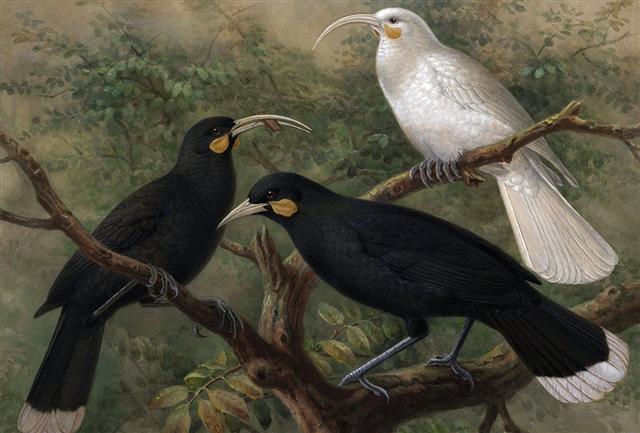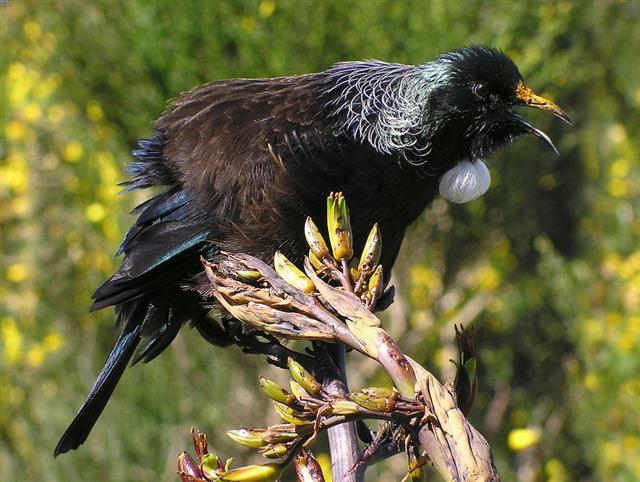380. The circuit of Lono (Rogo) was 23 days long and then came the solstice. ... The correspondence between the winter solstice and the kali'i rite of the Makahiki is arrived at as follows: ideally, the second ceremony of 'breaking the coconut', when the priests assemble at the temple to spot the rising of the Pleiades, coincides with the full moon (Hua tapu) of the twelfth lunar month (Welehu). In the latter eighteenth century, the Pleiades appear at sunset on 18 November. Ten days later (28 November), the Lono effigy sets off on its circuit, which lasts twenty-three days, thus bringing the god back for the climactic battle with the king on 21 December, the solstice (= Hawaiian 16 Makali'i). The correspondence is 'ideal' and only rarely achieved, since it depends on the coincidence of the full moon and the crepuscular rising of the Pleiades ...
At the time of rongorongo the Navel of the Horse (Sirrah) was at 0h = the Gregorian equinox at March 21 (80). At the time of the Bull (Hyadum II) Sirrah would have returned to visibility in JANUARY 16 (= right ascension day 80 - 64). Sirrah would have risen heliacally (together with the Sun) 16 days earlier, in day 365. The solstice, which the Rogo effigy reached after a circuit of 23 days, evidently could have corresponded to Ga1-23 (APRIL 13) - the day which had completed the season when Betelgeuze was out of sight. ... The total number of notches (88) not only coincides with the number of days in 3 lunations (88.5) but also approximately with the number of days when the star Betelgeuse (α Ori) disappeared from view each year between its heliacal set (about 14 days before the spring equinox around 33,000 BP) and its heliacal rise (approximately 19 days before the summer solstice). Conversely, the nine-month period when Orion was visible in the sky approximately matched the duration of human pregnancy ... This kind of logic might imply we should look not at the heliacal stars corresponding to Ga1-23 but to those stars which were visible in the night close to the face of the Full Moon, those which at the time of rongorongo were at day 384 (13 * 29½ + ½) - 115 (Mercury) = 88 (Betelgeuze) + 181 = 269 = 265 + 4 (the difference between the Julian and the Gregorian spring equinox dates). In modern times the distance from Aldebaran to Antares was 181 right ascension days. ... In the year 3000 B.C. the distance from Aldebaran to Antares would have been not 6 synodic months (as it had been 2000 years earlier) and not 181 nights (as it was in rongorongo times), but somewhere in between. We can easily find the approximate distance: 177 + 2000 / 6842 * 4 = ca 178.2 and therefore Antares would in 3000 B.C. have risen heliacally in day 80 (March 21) + 178 = 257 (September 14). 1782 = 18 * 99.
APRIL 13 (103 = 365 + 103 - 84 = ☼384 = *388 - *4).
G Scorpii (Basanismus, *269) = *88 (Betelgeuze) + *181: "Near the tip of the dragon's tail was a single star called Fuyue, the present-day G Scorpii. This star represented a legendary slave or hermit who became chancellor to the Emperor Wu Ding around 1200 BC. This star also represents the Empress praying for sons [cfr Tze at Ga1-23] and grandsons. Just north of it is Yu, representing a fish in the Milky Way, indentified with the naked-eye open cluster M7." (Ian Ridpath)
We can now perceive why the Jaguar (Leopard) in the picture below was exhibiting 3 'years' instead of the expected pair of halfyears ('in leaf' and 'in straw'). The solution clearly lies in the 14 pendants, because 14 * 29½ = 413 = 232 + 181:
White as the light from the Sun when reflected on the face of the Full Moon > 88 (brown when Betelgeuze was invisible, 'in straw') + 94 (rainbow, as the number of circulos dobles on the right leg of Pachamama) = 182:
94 + 88 (= 83 + 5) = 182. Evidently the 23 day long circuit of Lono began at the beginning of side a of the G tablet, and *65 + *23 = *88 (Betelgeuze) = *83 (Heka) + *5, i.e. these 23 days ought to be divided into 18 and 5:
... Nut, whom the Greeks sometimes identified with Rhea, was goddess of the sky, but it was debatable if in historical times she was the object of a genuine cult. She was Geb's twin sister and, it was said, married him secretly and against the will of Ra. Angered, Ra had the couple brutally separated by Shu and afterwards decreed that Nut could not bear a child in any given month of any year. Thoth, Plutarch tells us, happily had pity on her. Playing draughts with the Moon, he won in the course of several games a seventy-second part of the Moon's light with which he composed five new days. As these five intercalated days did not belong to the official Egyptian calendar of three hundred and sixty days, Nut was thus able to give birth successively to five children: Osiris, Haroeris (Horus), Set, Isis and Nepthys ...
... A sidelight falls upon the notions connected with the stag by Horapollo's statement concerning the Egyptian writing of 'A long space of time: A Stag's horns grow out each year. A picture of them means a long space of time.' Chairemon (hieroglyph no. 15, quoted by Tzetzes) made it shorter: 'eniautos: elaphos'. Louis Keimer, stressing the absence of stags in Egypt, pointed to the Oryx (Capra Nubiana) as the appropriate 'ersatz', whose head was, indeed, used for writing the word rnp = year, eventually in 'the Lord of the Year', a well-known title of Ptah. Rare as this modus of writing the word seems to have been - the Wörterbuch der Aegyptischen Sprache (eds. Erman and Grapow), vol. 2, pp. 429-33, does not even mention this variant - it is worth considering (as in every subject dealt with by Keimer), the more so as Chairemon continues his list by offering as number 16: 'eniautos: phoinix', i.e., a different span of time, the much-discussed 'Phoenix-period' (ca. 500 years) ...
... 15. And he found a new jawbone of an ass, and put forth his hand and took it, and slew a thousand men therewith. 16. And Samson said, with the jawbone of an ass, heaps upon heaps, with the jaw of an ass have I slain a thousand men. 17. And it came to pass, when he had made an end of speaking, that he cast away the jawbone out of his hand, and called that place Ramathle´hi. 18. And he was sore athirst, and called on the Lord, and said, Thou hast given this great deliverance into the hand of thy servant: and now shall I die for thirst, and fall into the hand of the uncircumcised? 19. But God clave an hollow place that was in the jaw, and there came water thereout; and when he had drunk, his spirit came again, and he revived: wherefore he called the name thereof En-hak´ko-re, which is in Le´hi unto this day. 20. And he judged Israel in the days of the Philistines twenty years ... ... When her stomach had resumed its normal size the old woman asked him, 'Are you Maui?' and he answered in a respectful voice: 'Even so.' Then she drew near and peered at him with her eyes that were nearly blind. 'Why did you cheat your old ancestress like that?' she said. 'Why have you been hiding my dinner, so that I have had nothing to eat these many days?' And she pointed with a crooked finger to her toothless and empty mouth. 'Ei?' she asked, and poked young Maui with her finger. In a voice that showed he was not in the least afraid of her, Maui answered: 'I was anxious that your jawbone, which has magic properties, should be given to me.' 'Take it,' said that old woman. 'It has been kept for you till now.' So saying she took her jawbone - for she was dead all down one side from being starved - and handed it to Maui. He carried it to the stream to wash off the blood and the bits of rotten flesh, and the blood went into the kokopu, giving that fish its reddish colour. After this he returned with the jawbone to the place where his brothers lived ... We should not imagine some sort of cause and effect coming from the Book of Judges and resulting in the story of Maui and the sacred jawbone. Instead the Chinese point of view is more relevant: ... the characteristic Chinese conception of causality in the world of Nature was something like that which the comparative physiologist has to form when he studies the nerve-set of coelenterates, or what has been called the 'endocrine orchestra' of mammals. In these phenomena it is not very easy to find out which element is taking the lead at any given time. The image of an orchestra evokes that of a conductor, but we still have no idea what the 'conductor' of the synergistic operations of the endocrine glands in the higher vertebrates may be. Moreover, it is now becoming probable that the higher nervous centres of mammals and man himself constitutes a kind of reticular continuum or 'nerve-net' much more flexible in nature than the traditional conceptions of telephone wires and exchanges visualized ... We have just began to scratch on the surface of the jawbone, the eel etc. But let me finish for now by pointing out that the Mayan numbers above 12 (and also number 10) have their jawbones without flesh (picture from Coe), i.e. they are 'dead' - growing no more, no longer changing their 'shapes' (they are 'academic' numbers, not quite down to earth):
... A connection between the new year and the harvesting of crops reminiscent of an earlier period when the evening appearance of the Pleiades in the east more nearly coincided with the arrival of the Sun at the autumnal equinox is seen in the prolonged Hawaiian ceremonies ushering in the new year. For in the month September-October, while the old year still had two months to run, announcement was made to the people by placing a certain signal outside the temple walls that the new year had begun ... ... From the natives of South Island [of New Zealand] White [John] heard a quaint myth which concerns the calendar and its bearing on the sweet potato crop. Whare-patari, who is credited with introducing the year of twelve months into New Zealand, had a staff with twelve notches on it. He went on a visit to some people called Rua-roa (Long pit) who were famous round about for their extensive knowledge. They inquired of Whare how many months the year had according to his reckoning. He showed them the staff with its twelve notches, one for each month. They replied: 'We are in error since we have but ten months. Are we wrong in lifting our crop of kumara (sweet potato) in the eighth month?' Whare-patari answered: 'You are wrong. Leave them until the tenth month. Know you not that there are two odd feathers in a bird's tail? Likewise there are two odd months in the year.' The grateful tribe of Rua-roa adopted Whare's advice and found the sweet potato crop greatly improved as the result ... The Maori further accounted for the twelve months by calling attention to the fact that there are twelve feathers in the tail of the huia bird and twelve in the choker or bunch of white feathers which adorns the neck of the parson bird ...
|
||||||||||||||||||||||||||||||||||||||||||||||||||||||||||||||||||||||||||||||||||||||||||||||||||||||||||||||||||||||||||||||||||||||||||||||||||||||||||||||||||||||||||||||||||||||||||||||||||||||||||||||||||||||||||||||||||||||||||||||||||||||||||||||||||||||||||||||||||||||||||||||||||||||||||||||||||||||||||||||||||||||||||||||||||||||||||||||||



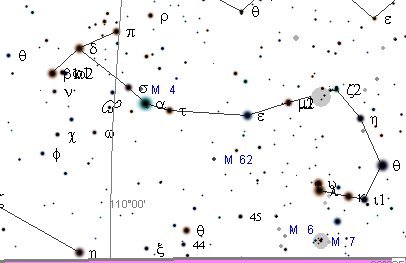





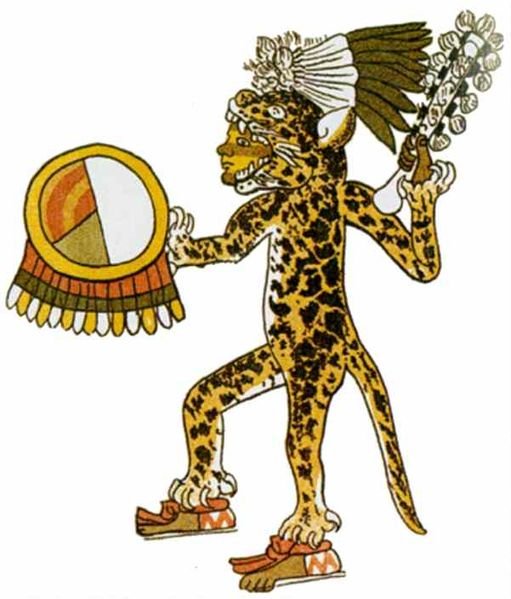
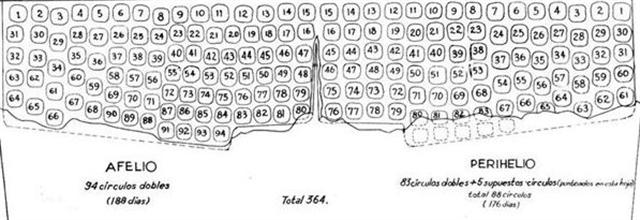
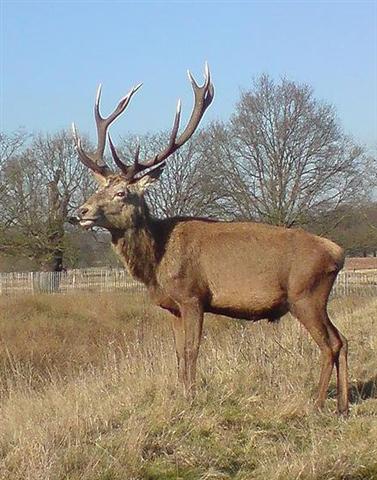




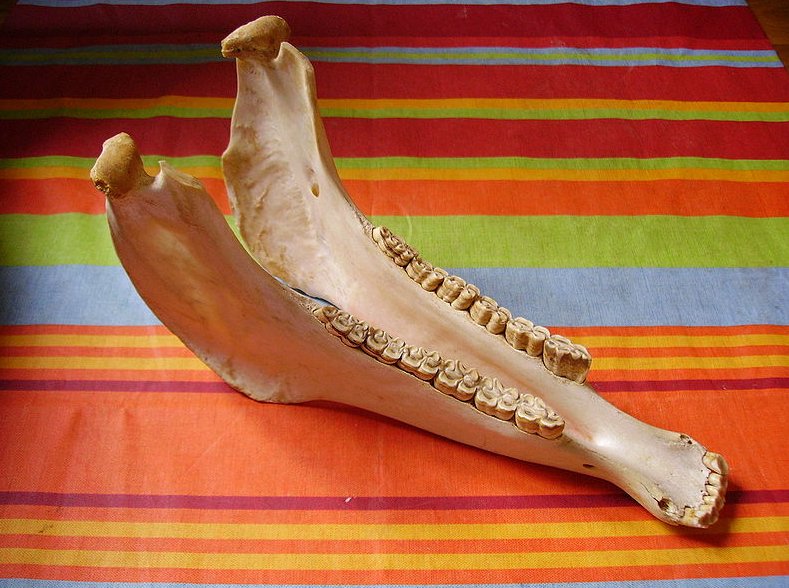
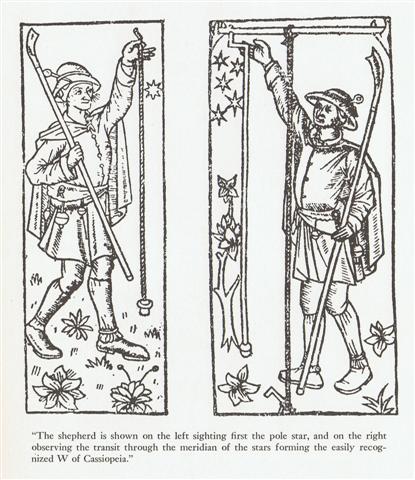
.jpg)
